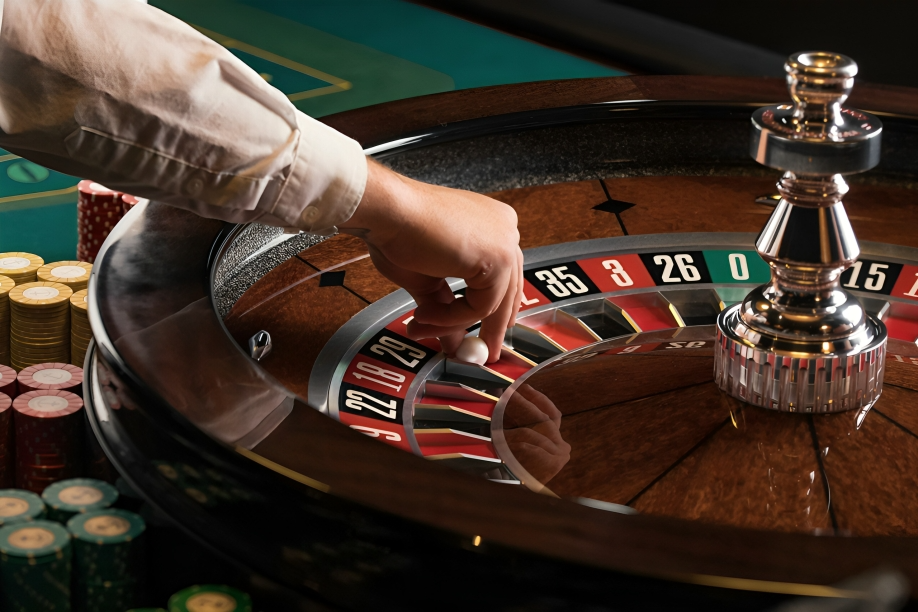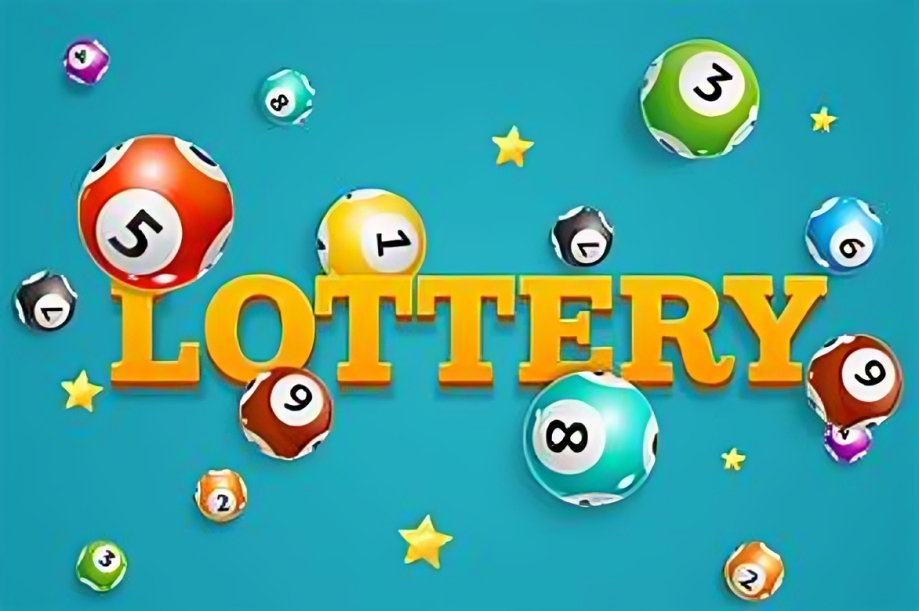Table of Contents
ToggleIntroduction
Roulette, a game of spinning wheels and bouncing balls, captivates players worldwide with its magnetic allure. This iconic casino game, dating back to the 18th century, continues to attract both seasoned gamblers and curious novices. While luck plays an undeniable role, strategic thinking often elevates a player’s experience from simple entertainment to thrilling victories. In this article, we’ll explore the captivating essence of roulette, the strategies involved, and its ever-present element of chance. Join us as we embark on this journey into the dynamic world of roulette.
The History of Roulette: A Game of Timeless Appeal
Roulette’s history dates back to the 17th century, when mathematician Blaise Pascal inadvertently paved its way. Pascal, in his quest to create a perpetual motion machine, developed a wheel eerily similar to modern roulette. However, the game itself didn’t gain prominence until the 18th century, when French casinos embraced its potential. Fast-forward to the present, and roulette remains a symbol of elegance and excitement in casinos worldwide.
Understanding the Mechanics: How Roulette Works
At its core, roulette is a game of pure chance governed by a spinning wheel and a bouncing ball. Players place bets on numbers, colors, or sections of the wheel, hoping their chosen bet aligns with the ball’s final resting place. The wheel itself contains either 37 or 38 numbered pockets, depending on whether it’s European or American roulette.
Types of Bets in Roulette: A Wealth of Options
Roulette offers a wide array of betting options, each providing varying degrees of risk and reward. The two main categories are “inside bets” and “outside bets,” with each catering to different player preferences.
- Inside Bets: These bets are placed on specific numbers or small groups of numbers. While inside bets carry higher risk, they offer significant rewards. Common inside bets include:
- Straight Up Bet: Wagering on a single number, offering the highest payout at 35:1 odds.
- Split Bet: Betting on two adjacent numbers, with a payout of 17:1 if either hits.
- Street Bet: Placing a bet on a row of three numbers, yielding a payout of 11:1.
- Outside Bets: Outside bets offer lower risk but smaller payouts, as they cover larger groups of numbers or broader categories. Popular outside bets include:
- Red or Black: Betting on the color of the winning number, offering a 1:1 payout.
- Odd or Even: Wagering on whether the number will be odd or even, also paying 1:1.
- High or Low: Betting on whether the number will be between 1 and 18 (low) or 19 and 36 (high).
Choosing between inside and outside bets depends on the player’s risk tolerance and overall strategy. Some prefer the thrill of chasing high payouts, while others opt for more consistent, albeit smaller, wins.
Roulette Strategies: Playing with Purpose
While roulette is ultimately a game of chance, strategic approaches can influence the overall experience. Players have developed numerous systems to manage their bets and minimize losses over time. Here are three common roulette strategies often employed by seasoned players:
- The Martingale System: The Martingale strategy involves doubling your bet after every loss, with the aim of recovering previous losses with a single win. This strategy relies on the assumption that a win will eventually occur, covering previous losses and yielding a profit equal to the original bet. However, this system carries significant risk, as a losing streak can quickly deplete a player’s bankroll.
- The Fibonacci Strategy: Based on the famous Fibonacci sequence, this strategy involves betting according to the progression of numbers in the sequence. Players increase their bets following a loss by moving to the next number in the Fibonacci series. After a win, they move two steps back in the sequence. While less aggressive than the Martingale system, it still carries risks, especially during extended losing streaks.
- The D’Alembert Strategy: The D’Alembert system is a more conservative approach, involving incremental bet adjustments after wins and losses. Players increase their bets by one unit following a loss and decrease their bets by one unit after a win. This strategy aims to balance wins and losses over time, but like all systems, it doesn’t guarantee consistent success.
Each strategy has its strengths and weaknesses, and players should consider their financial limits and comfort with risk before committing to any one approach. No strategy can overcome the inherent randomness of roulette, but these systems offer structured ways to manage bets and prolong playing sessions.
The Role of Luck: Embracing the Unpredictability
While strategies can add structure to the game, luck remains a dominant force in roulette. The spinning wheel and bouncing ball are indifferent to players’ intentions, making each round a truly random event. Roulette’s charm lies in this unpredictability, as even the most seasoned players cannot foresee the outcome with certainty.
The Social Experience: Roulette’s Unique Atmosphere
Beyond the spinning wheel and clattering ball, roulette offers an unparalleled social experience that distinguishes it from other casino games. The excitement of placing bets, the anticipation as the ball spins, and the collective thrill of watching it land foster a sense of camaraderie among players.
Conclusion: Roulette’s Lasting Appeal in the Casino World
Roulette’s blend of chance, strategy, and social interaction has made it a staple in casinos for centuries. The spinning wheel’s unpredictability keeps players on the edge of their seats, while the variety of betting options ensures a personalized experience for every participant. Though luck ultimately dictates the outcome, strategic approaches add depth to the game, offering players opportunities for big wins and prolonged excitement.











